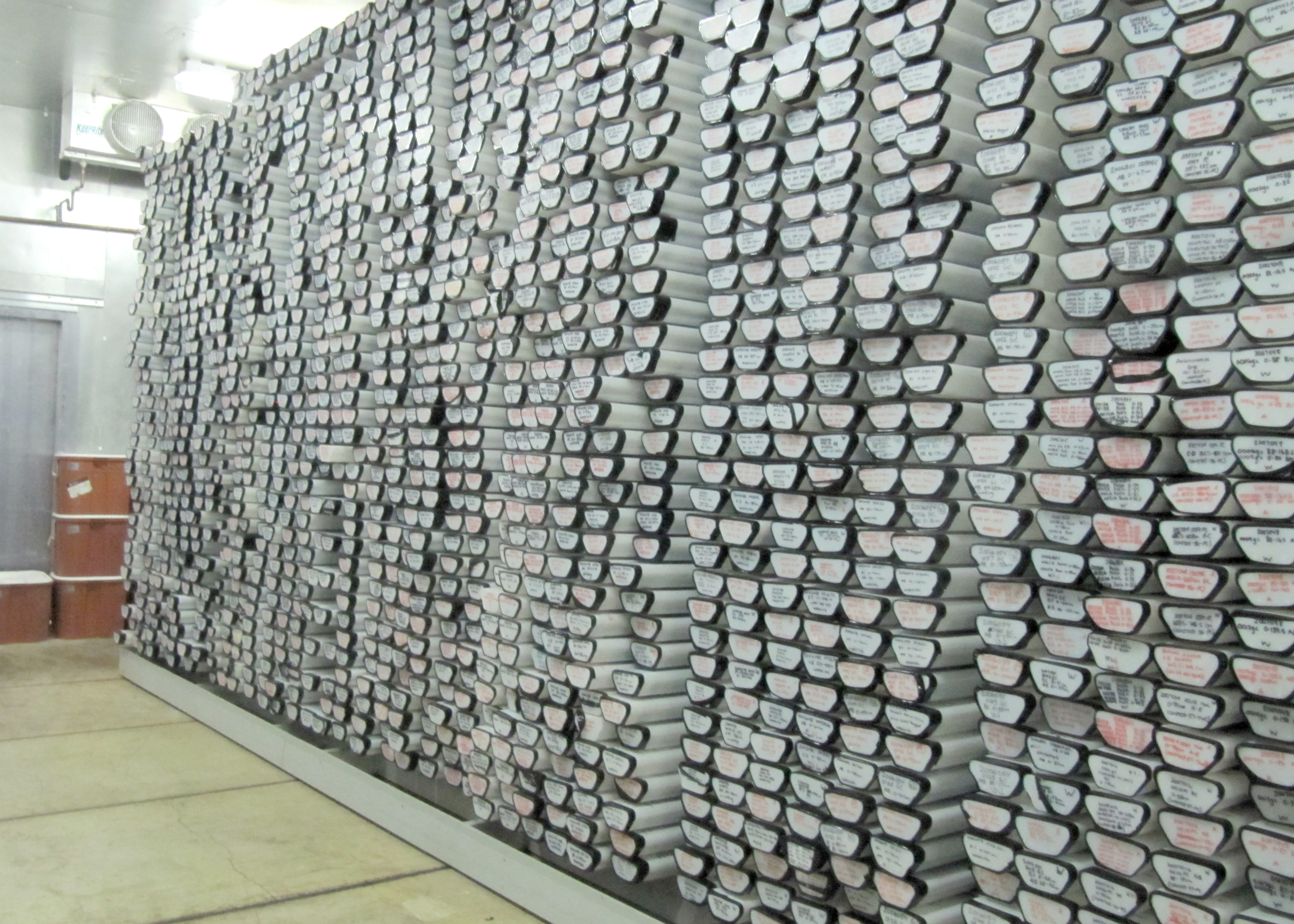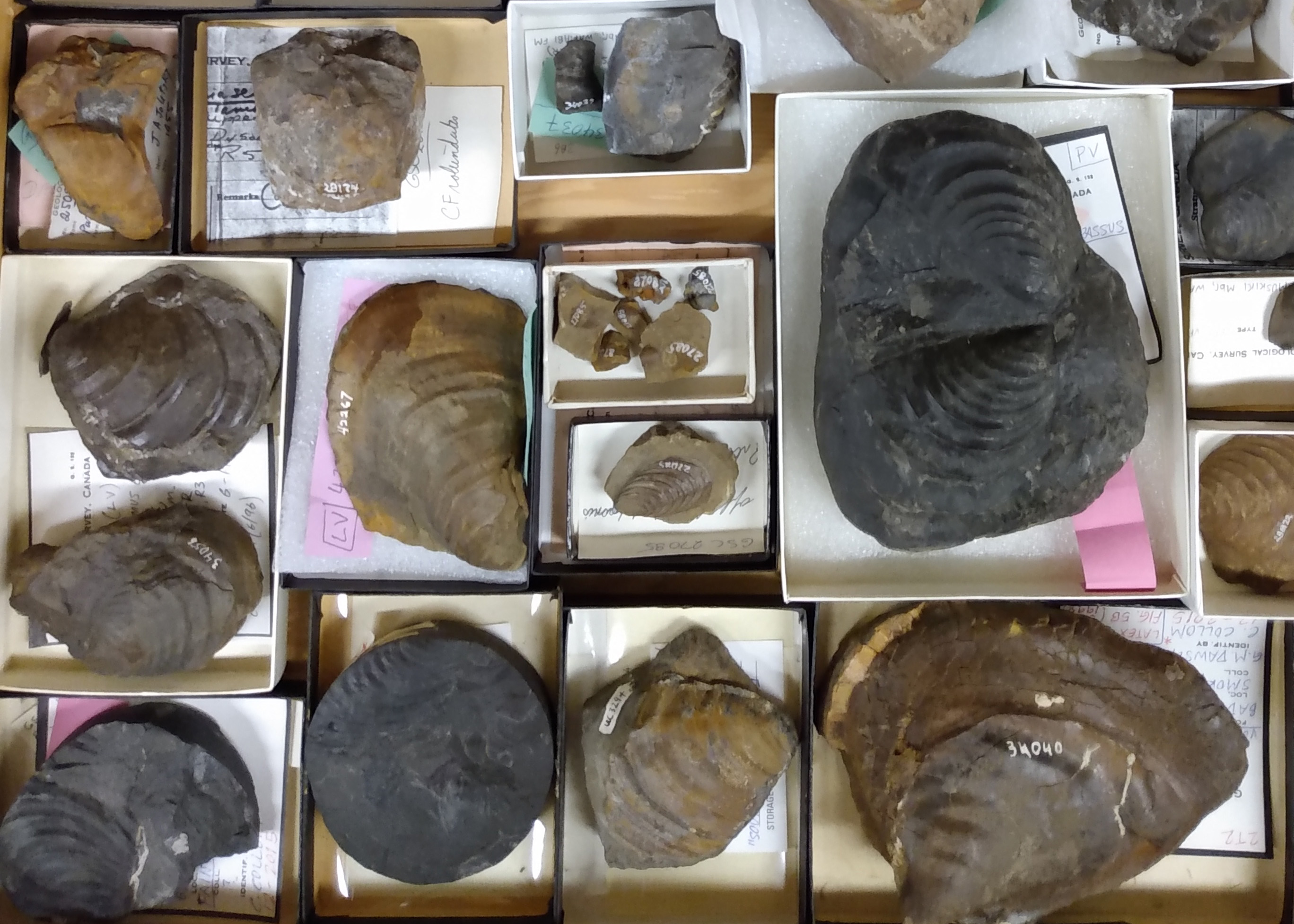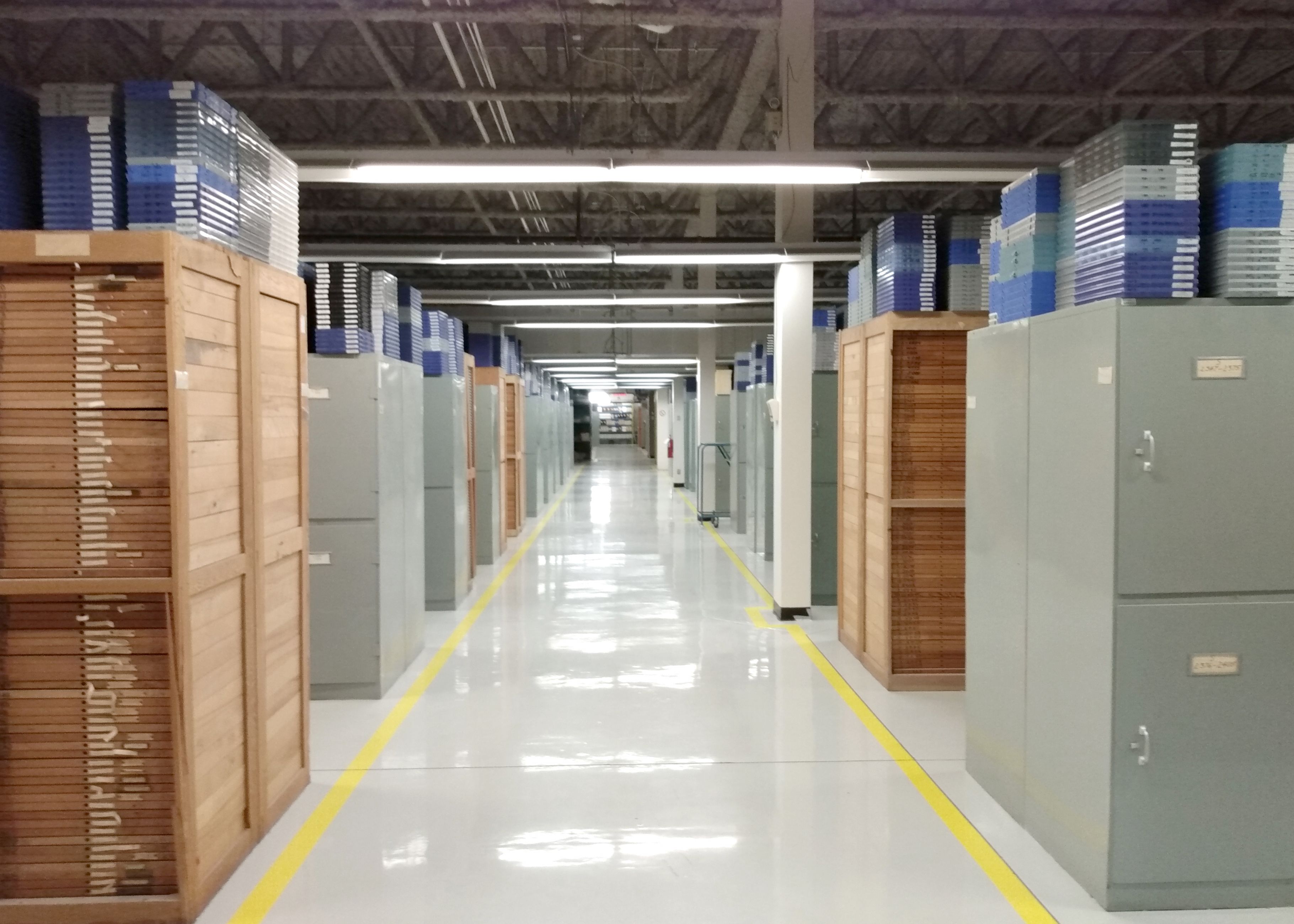More than 60 employees work at over 30 of our Geological Survey of Canada’s (GSC’s) specialized science laboratories and collections facilities across the country. They develop new methods, technologies and techniques to analyze and interpret information for scientists in the GSC’s geoscientific programs, into which our lab researchers are usually embedded. Our scientists also collaborate with international partners as well as other laboratories across Canada, particularly in academia and other government departments.
GSC field scientists bring earth material samples (rocks, minerals, sediments, cores, organic material, water samples, etc.) to our labs for analysis and interpretation. They also use our extensive collection of earth material samples to answer their geoscience questions (see further down for more on our earth material collection).
Areas of expertise
Our Science Laboratory Network includes five lab groups across Canada, each of which has its own area of lab-based research expertise. These specialized lab facilities include the inorganic geochemistry labs, the marine core scanning facility, the Delta light stable isotope lab and the ion microprobe lab.
| Lab group | Area of expertise |
|---|---|
| Inorganic geochemistry |
|
| Isotope geochemistry and geochronology |
|
| Mineralogy and physical properties |
|
| Paleontology |
|
| Organic geochemistry and petrology |
|
Lab research spotlight
Here are some important contributions our labs have made to geoscience in Canada:
- We developed analytical techniques using ColdBlock, a Canadian innovation that’s a new, revolutionary geochemical technology for digesting solids with faster, more precise and safer results. It has implications for all facets of geochemistry and lab-based research projects.
- We developed a temperature calibration framework for clumped isotope analysis using the precipitation of synthetic calcites. Clumped isotopes provide critical information on the temperature of paleofluid systems and are applicable in a wide range of geological research, including basin analysis, diagenesis, paleoclimate and ore deposit studies.
- We developed a straightforward method to differentiate organics associated with oil sands process-affected water from those found naturally in groundwater that’s in contact with the bituminous McMurray formation. This development contributes to environmental forensics of organic contaminants in Canada’s oil sands region.
- The Sensitive High-Resolution Ion Microprobe (SHRIMP) leads the world in its ability to determine the age of microscopic mineral domains. In collaboration with Geoscience Australia and College of Charleston, our lab scientists developed and released SQUID3, a platform-independent, open-sourced, Java-based application to replace the existing obsolete software for SHRIMP data processing. The improved functionality ensures the stability, future improvement, reliability and relevance of SHRIMP data from around the world.



Our earth material collection
The earth material collection includes collections of original geological material (rocks, minerals, fossils soil, stream and lake sediment, other earth material) gathered by researchers during geoscience field mapping. It spans the GSC’s entire existence, from 1842 to present.
Results from the study of this material have and continue to support policy-related decisions and provide geological knowledge about Canada’s landmass to industry, academia and the general public.
This material and any associated documentation — details about their provenance, history or project affiliation, maps or research notes — are primary sources of geological reference material that are of significant national and international importance. It illuminates our scientists’ past work and can be used in the future to help plan fieldwork, or conduct remote predictive mapping and other artificial intelligence studies.
Giving scientists access to our vast collection reduces the risks and costs associated with exploration activities, particularly in remote regions. Scientists can also use this collection to conduct reanalysis projects using modern geoscience knowledge, concepts and analytical techniques.
Our long-term stewardship of this geological collection means it’ll remain accessible to our scientists and external stakeholders.
NOTE: We’re not currently accepting samples from the general public.
Contact and collaborate
Collaborative lab projects are treated on a case-by-case basis and selected through a proposal system. Projects must advance our laboratories’ strategic goals and align with GSC programs. Collaborative projects are undertaken on a cost-recovery basis.
For more information about the GSC Science Laboratory Network, email the Network.
For information about the earth material collection, email collection staff.